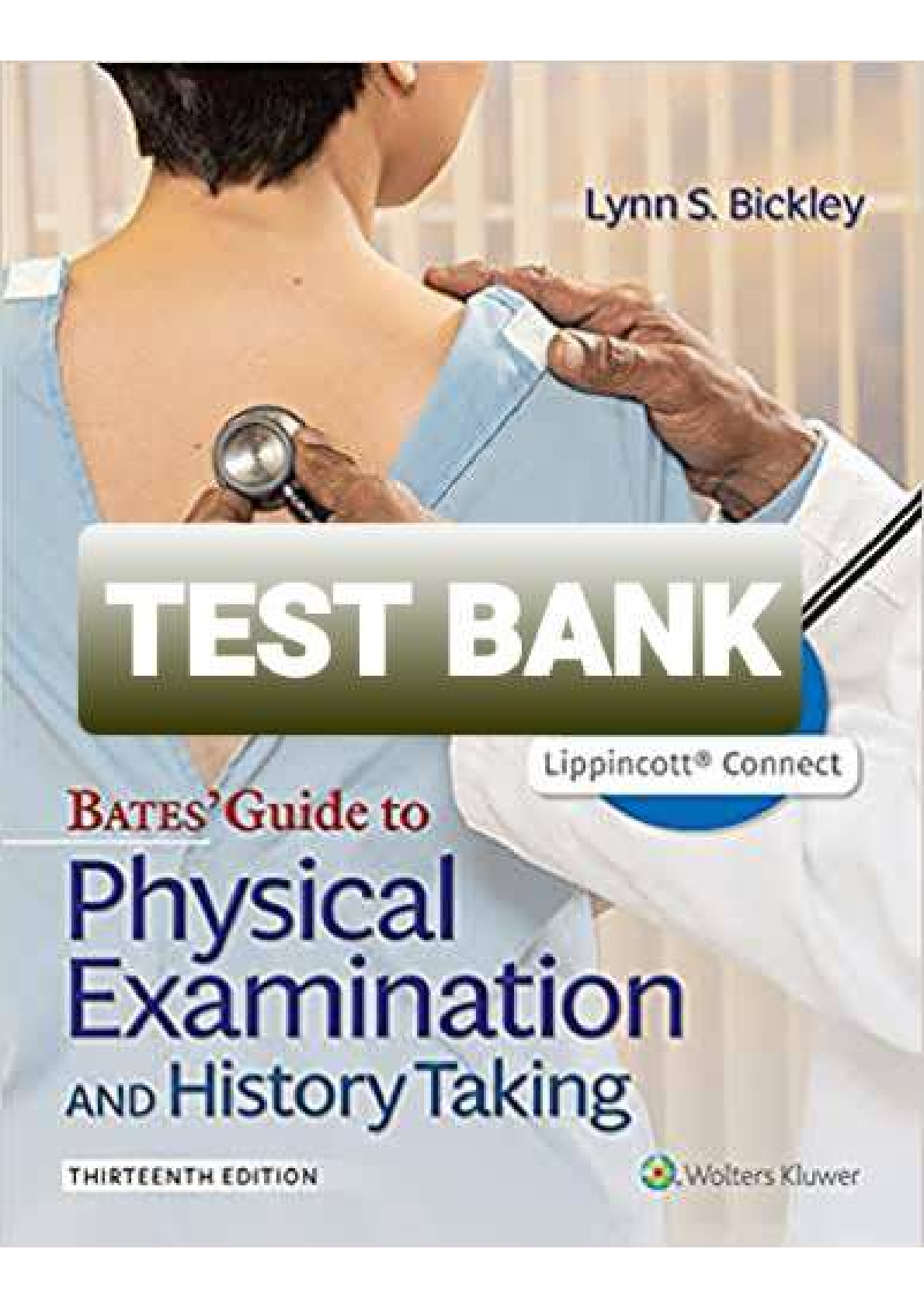Business > TEST BANK > Introductory Economics And Introductory Macroeconomics John G. Marcis And Michael Veseth Test Bank (All)
Introductory Economics And Introductory Macroeconomics John G. Marcis And Michael Veseth Test Bank
Document Content and Description Below
1. According to Veseth, which of the following situations is the most likely topic of discussion in a class on "macroeconomics"? (6) a. An increase in the price of hamburgers. B. An increase in th... e unemployment rate. c. An increase in the production of a particular company. d. An increase in the number of producers of a product. e. An increase in the wage rate paid construction workers. 2. According to Veseth, which of the following situations is the most likely topic of discussion in a class on "microeconomics"? (6) a. An increase in governmental taxes. b. An increase in governmental spending. c. An increase in the unemployment rate. D. An increase in the price of a resource used to produce a particular product. e. An increase in the rate of inflation. 3. According to Veseth, in which of the following decades has unemployment been considered the most serious problem? (8, 9) a. The 1950s. B. The 1930s. c. The 1960s. d. The 1940s. e. The 1970s. 4. According to Veseth, during which of the following decades has inflation been considered the most serious economic problem? (14-15) a. The 1930s. b. The 1940s. c. The 1950s. d. The 1960s. E. The 1970s. 5. If real gross national product is used as a measure of economic growth, during which of the following decades was economic growth in the United States the greatest? (12-13) a. The 1930s. b. The 1940s. c. The 1950s. D. The 1960s. e. The 1970s. 6. During the decade of the 1960s, economists observed the "Phillips curve phenomenon" in the United States. Which of the following statements, if any, best describes the Phillips curve relationship? (13-14) a. Unemployment can only be reduced by reducing inflation. b. Employment increases as unemployment falls. c. Any policy that increases inflation also increases unemployment. d. As unemployment increases, there is no change in the rate of inflation. E. None of the other responses is correct. 7. One explanation of the Phillips curve which has been proposed is that of the "wage-lag" theory. This theory maintains that inflation can temporarily reduce unemployment because inflation tends to: (13, 14) a. increase the supply of labor. B. increase business profits. c. cause productivity to lag behind wages. d. increase the purchasing power of the dollar in foreign markets. e. increase the purchase of agricultural products where more workers are needed. [Show More]
Last updated: 1 year ago
Preview 1 out of 283 pages

Buy this document to get the full access instantly
Instant Download Access after purchase
Buy NowInstant download
We Accept:

Reviews( 0 )
$20.00
Can't find what you want? Try our AI powered Search
Document information
Connected school, study & course
About the document
Uploaded On
Oct 30, 2021
Number of pages
283
Written in
Additional information
This document has been written for:
Uploaded
Oct 30, 2021
Downloads
0
Views
129

JOSEPH J.png)

 TO ACCOMPANY ELEMENTARY STATISTICS (2001, Addison-Wesley) MARIO F.png)
 JERRI K.png)







